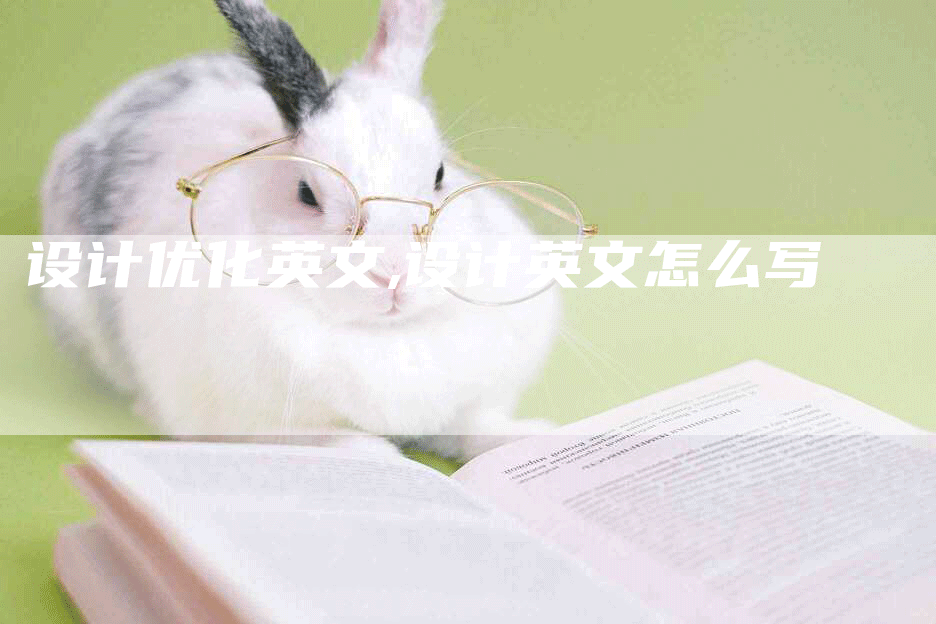
Design Optimization: Creating Exceptional Designs for Middle School Projects
Design optimization is a process of creating exceptional designs that are not only visually appealing, but also functional and effective. In middle school, students are often tasked with creating projects that require them to use their creativity and problem-solving skills. This article will explore some of the best practices for design optimization and showcase a few examples of exceptional middle school projects.
Understanding the Design Process
Design optimization begins with a clear understanding of the design process. This involves defining the problem, gathering information, generating ideas, prototyping, testing and refining the design. Each stage of the process is critical in creating a successful design. For example, defining the problem involves understanding the needs and constraints of the project. Gathering information involves research and data collection. Generating ideas requires brainstorming and creativity. Prototyping and testing involve creating a physical model and evaluating its effectiveness. Refining the design involves making improvements based on feedback.
Design Principles
In order to create an exceptional design, it is important to understand and apply design principles. These include balance, unity, contrast, repetition and simplicity. Balance refers to the distribution of visual weight in a design. Unity involves creating a cohesive design that is visually harmonious. Contrast involves using opposing elements to create interest and emphasis. Repetition involves using the same element throughout a design to create consistency. Simplicity involves creating a design that is easy to understand and visually appealing.
Design Optimization in Action
One example of exceptional design optimization in middle school projects is a solar-powered car. The problem is defined as creating a vehicle that can move without using traditional fuel sources. Information is gathered through research on solar energy and electric motors. Ideas are generated through brainstorming and sketching. Prototyping involves creating a small model and testing it for efficiency. Refining the design involves making improvements to the motor and solar panels based on feedback.
Another example is a Rube Goldberg machine. The problem is defined as creating a machine that performs a simple task using a series of complex actions. Information is gathered through research on simple machines and physics. Ideas are generated through brainstorming and sketching. Prototyping involves creating a physical model and testing it for effectiveness. Refining the design involves making improvements to the machine based on feedback.
Conclusion
Design optimization is a critical component of creating exceptional designs for middle school projects. By understanding the design process and applying design principles, students can create projects that are not only visually appealing, but also functional and effective. The examples of the solar-powered car and Rube Goldberg machine showcase the power of design optimization in action. With these tools and techniques, middle school students can create exceptional projects that showcase their creativity and problem-solving skills.
以上所转载内容均来自于网络,不为其真实性负责,只为传播网络信息为目的,非商业用途,如有异议请及时联系btr2020@163.com,本人将予以删除。




